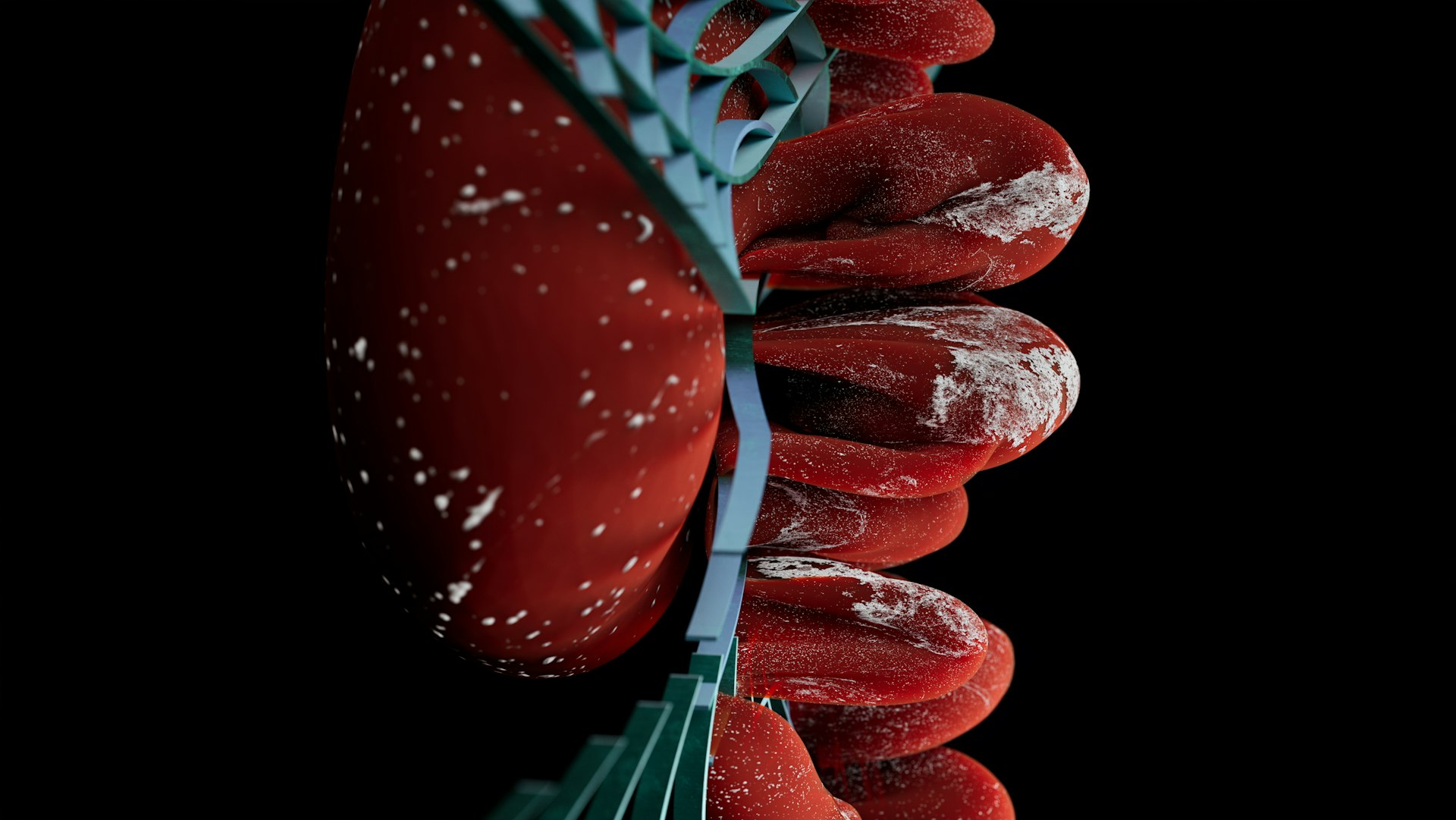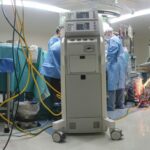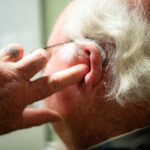How Fasting Influences Cellular Regeneration: Evidence, Mechanisms, and Practical Guidance


Photo by Google DeepMind on Unsplash
Understanding the Link Between Fasting and Cellular Regeneration
Cellular regeneration is the body’s process of repairing or replacing damaged cells, crucial for maintaining tissue health, immune strength, and longevity. In recent years, research has increasingly connected fasting -the voluntary abstention from food for set periods-with powerful effects on the body’s ability to regenerate at the cellular level. This article explores the science, provides practical guidance, and outlines considerations for those interested in the regenerative potential of fasting.
The Science: How Fasting Triggers Cellular Regeneration
Multiple studies have demonstrated that fasting can prompt significant changes in stem cell behavior and tissue renewal processes. In a landmark study published in
Cell Stem Cell
, researchers observed that prolonged fasting cycles (periods of no food for two to four days, repeated over six months) led to a ‘regenerative switch’ in mice. This change triggered dormant hematopoietic stem cells-responsible for creating blood and immune system cells-to enter a self-renewing state, effectively supporting immune system regeneration. Notably, this effect was also observed in a Phase 1 human clinical trial involving patients undergoing chemotherapy
[1]
.
The implications are promising: fasting cycles not only helped clear out older, damaged immune cells but also promoted the generation of new, healthy cells. These effects could potentially contribute to healthier aging and improved tolerance of treatments like chemotherapy.
Mechanisms: What Happens to Cells During Fasting?
Fasting alters the body’s metabolism, shifting energy sources from carbohydrates to fats and activating processes such as
autophagy
-the breakdown and recycling of old or damaged cellular components. Recent research, including studies published in
Nature
and
Cell Metabolism
, indicates that stem cell regeneration is typically suppressed during the fasting period itself but surges during the refeeding phase. For instance, in experiments with mice, the highest proliferation of intestinal stem cells occurred after a 24-hour refeeding period following fasting, surpassing levels seen in animals that never fasted
[3]
.
In muscle tissue, fasting was shown to induce a protective, deep quiescent state in muscle stem cells, making them more resilient to stress. While this may temporarily slow muscle repair, it enhances the cells’ ability to survive deprivation and be ready for regeneration once nutrients are restored [2] . The induction of autophagy during fasting is also believed to improve tissue maintenance, support neural stem cell proliferation, and help stave off age-related decline [5] .
Benefits: Potential Advantages of Fasting for Regeneration and Aging
Research suggests that intermittent fasting or calorie restriction programs may offer the following benefits:
- Immune System Renewal: Prolonged fasting can help clear out damaged immune cells and stimulate the production of new ones, supporting immune health in aging and during recovery from chemotherapy [1] .
- Enhanced Resilience of Stem Cells: Fasting may put certain stem cells (such as muscle and neural stem cells) into a protective, dormant state, making them more resistant to stress and damage [2] .
- Post-Fasting Surge in Regeneration: The period after fasting, when normal eating resumes, is marked by a burst of stem cell proliferation, particularly in intestinal tissues [3] .
- Promotion of Autophagy: Fasting and calorie restriction can induce autophagy, the process by which cells clear out damaged components, potentially delaying aging and enhancing tissue function [5] .
- Support for Neural Health: Animal studies show increased proliferation of neural stem cells in the hippocampus several weeks after intermittent fasting, suggesting possible cognitive benefits [5] .
While many findings are based on animal models, early clinical trials in humans are promising, particularly in immune system recovery after chemotherapy.
Challenges and Limitations: What to Consider
Despite its potential, fasting for regeneration is not without challenges or risks. Studies highlight that stem cell activity is
suppressed
during fasting and only rebounds upon refeeding. This means that the timing and duration of fasting and refeeding cycles are critical-fasting for too long or too frequently could delay tissue repair, especially after injury
[4]
. Furthermore, there are conflicting reports regarding the effects of calorie restriction on muscle regeneration, with some evidence suggesting it may slow short-term repair even as it supports long-term resilience.
Fasting is not appropriate for everyone. Individuals with certain medical conditions, those taking specific medications, children, and pregnant or breastfeeding women should consult healthcare providers before starting any fasting protocol.
Current human studies are limited in size and scope. Larger, long-term clinical trials are needed to fully understand the risks, benefits, and optimal protocols for fasting-induced regeneration in people.
How to Explore Fasting for Regeneration: Practical Steps and Alternatives
If you are interested in exploring fasting for its regenerative benefits, consider the following steps:
- Consult with a Healthcare Professional: Before starting any fasting regimen, discuss your health status and goals with your doctor or a registered dietitian. They can help you assess risks and design a plan that’s safe for you.
- Learn About Fasting Protocols: Major forms of fasting include intermittent fasting (such as 16:8 or alternate-day fasting), time-restricted eating, and periodic prolonged fasting (24-48 hours or longer, performed less frequently). Each has distinct effects and suitability based on your circumstances.
- Start Gradually: Begin with shorter fasts, such as time-restricted eating (e.g., eating within an 8-hour window each day), before considering more prolonged fasting cycles.
- Monitor Your Body’s Response: Track your energy, mood, and any physical changes. If you experience adverse effects, stop fasting and consult your healthcare provider.
- Focus on Nutrient-Dense Foods During Refeeding: What you eat after a fast is as important as the fast itself. Emphasize whole foods rich in vitamins, minerals, and healthy fats to support regeneration.
- Stay Hydrated: Drink water or other non-caloric fluids during fasting periods to support metabolic and cellular processes.
For those unable or unwilling to fast, alternative approaches such as caloric restriction, exercise, or dietary modifications (like ketogenic diets) may also offer some regenerative benefits, though effects can vary [2] .

Photo by Buddha Elemental 3D on Unsplash
Accessing Reliable Information and Support
To learn more about fasting and its effects on cellular regeneration, you can:
- Discuss with your primary care provider or a board-certified nutritionist for personalized advice.
- Search for clinical trials related to fasting and regeneration on ClinicalTrials.gov , the official registry of clinical studies.
- Review resources from accredited academic medical centers and peer-reviewed journals for the latest scientific findings.
- Check university-affiliated longevity or regenerative medicine centers for educational materials and research updates.
Always verify the credibility of sources and avoid programs or products that promise guaranteed results without scientific backing.
Key Takeaways
Fasting, when practiced safely and appropriately, may help activate the body’s regenerative processes, particularly by stimulating stem cell renewal and autophagy. The most pronounced regeneration appears to occur after fasting, during refeeding, and the long-term benefits may include improved immune function, enhanced tissue resilience, and potentially slower aging. However, fasting is not a universal remedy and should be approached with caution, professional guidance, and an understanding of current scientific limitations.
References
- [1] USC Stem Cell (2014). Fasting triggers stem cell regeneration of damaged, old immune system.
- [2] Stanford Medicine (2022). Ketogenic diet helps mouse muscle stem cells survive stress.
- [3] MIT News (2024). Study reveals the benefits and downside of fasting.
- [4] Cell Metabolism via PMC (2022). Fasting Induces a Highly Resilient Deep Quiescent State in Muscle Stem Cells.
- [5] Frontiers in Cell and Developmental Biology via PMC (2023). The Beneficial and Adverse Effects of Autophagic Pathways in Aging and Regeneration.






